Waterproof Jewelry: Where Elegance Meets Durability
Everything you need to know about waterproof jewelry, from selecting the best materials to practical tips for maintenance and care.
What is waterproof Jewelry?

Waterproof jewelry refers to accessories specifically designed to withstand exposure to water without damage or tarnishing. Crafted using durable materials such as stainless steel, titanium, and high-quality alloys, waterproof jewelry offers both style and resilience.
If you're someone who loves wearing jewelry year-round, especially during the summer months, waterproof jewelry is a must-have. Whether worn while swimming, showering, or in rainy conditions, these pieces retain their elegance and shine, making them ideal for those who lead active lifestyles or simply seek jewelry that can withstand the elements.
What type of jewelry is waterproof?
Waterproof jewelry typically includes pieces made from materials that are highly resistant to water damage and corrosion. Here are some types of jewelry that are often recommended for waterproof wear, and some that are not suitable.
Stainless steel jewelry
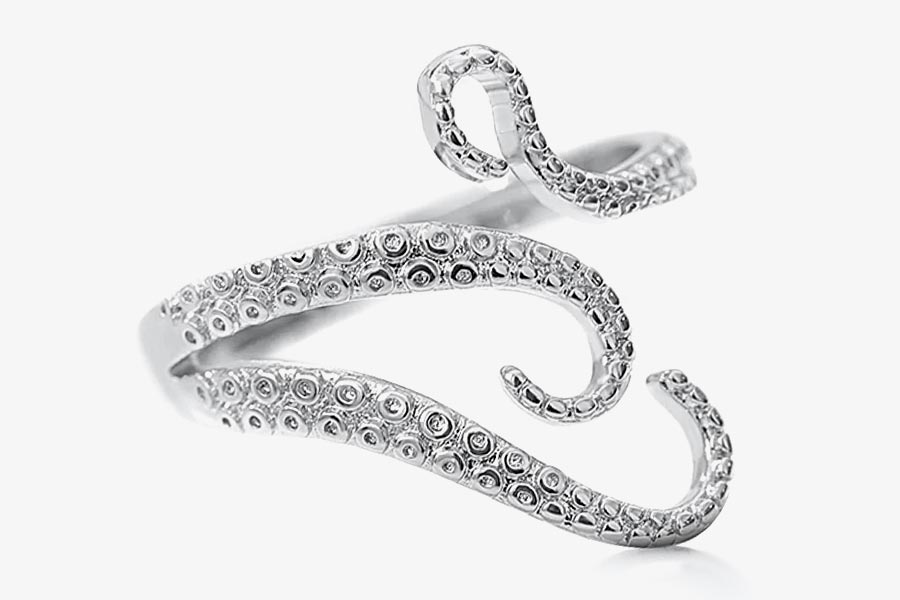
Stainless steel emerges as the top choice for jewelry exposed to water, boasting corrosion resistance and minimal rust susceptibility. Its enduring shine and resistance to tarnishing even with frequent water exposure make it ideal for shower wear, ensuring your accessories retain their beauty over time.
Renowned for its exceptional corrosion resistance in saltwater, marine grade 316 stainless steel is the premier material for ocean-proof jewelry, crafted to withstand the rigors of marine environments.
With its superior durability and resilience, 316 stainless steel ensures your jewelry remains pristine, even amidst the salty waves, standing as a testament to enduring elegance.
Titanium jewelry
Titanium jewelry stands out as the epitome of strength, purity, durability, and lightness. Resistant to tarnishing and rust, titanium ranks among the top materials for crafting waterproof jewelry.
Both titanium and stainless steel are highly resistant to water, but titanium generally exhibits slightly better corrosion resistance compared to stainless steel. Titanium forms a protective oxide layer when exposed to oxygen, which enhances its resistance to corrosion, including in water environments.
When comparing titanium and stainless steel jewelry, titanium tends to command a higher price due to its superior qualities and more expensive manufacturing processes.
Gold Jewelry
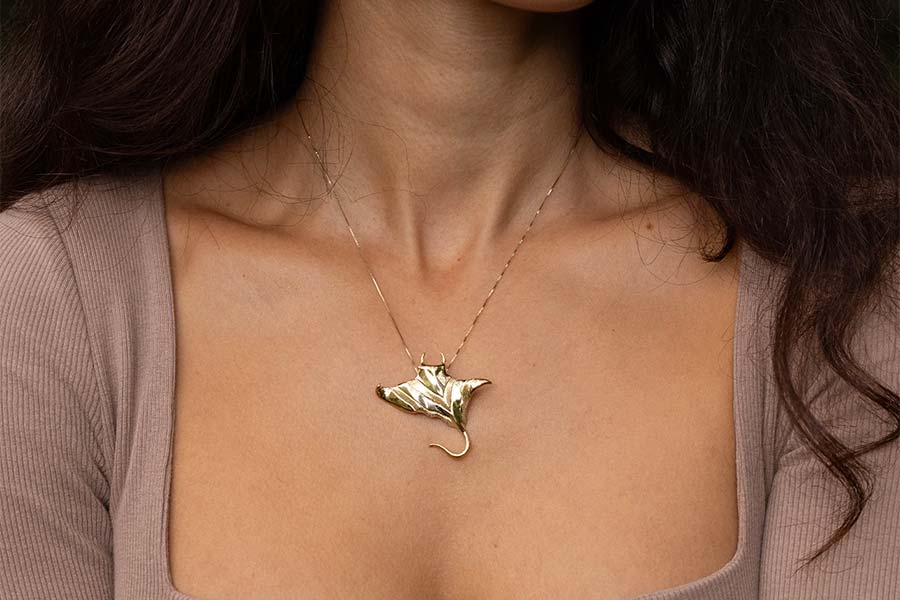
Solid Gold
Solid gold can be suitable for waterproof jewelry, but it's important to note that pure gold (24 karat) is relatively soft and may not withstand prolonged exposure to water or harsh conditions as well as other materials like stainless steel or titanium.
Gold alloys, such as 14 karat or 18 karat gold, which are mixed with other metals like copper or silver, are more durable and can be suitable for waterproof jewelry. Solid gold jewelry in these karatages is often recommended for those who want pieces that can withstand daily use and last a lifetime.
Gold-Filled
Gold-filled jewelry offers an attractive alternative to solid gold, balancing affordability with visual appeal and durability. Formed by bonding molten pure gold onto brass, it withstands tough conditions admirably.
While it may require replacement if exposed to saltwater for extended periods, the accessibility and cost-effectiveness of gold-filled jewelry ensures easier replacement without significant financial strain.
Gold vermeil
Gold vermeil jewelry, which consists of a thick layer of gold plated over sterling silver, can offer some resistance to water. However, it's important to note that prolonged exposure to water, especially in harsh conditions like swimming in chlorinated pools or saltwater, can cause the gold plating to wear off over time.
While gold vermeil jewelry may be suitable for occasional exposure to water, it's best to avoid wearing it continuously in wet conditions to preserve its appearance and longevity.
Sterling Silver Jewelry
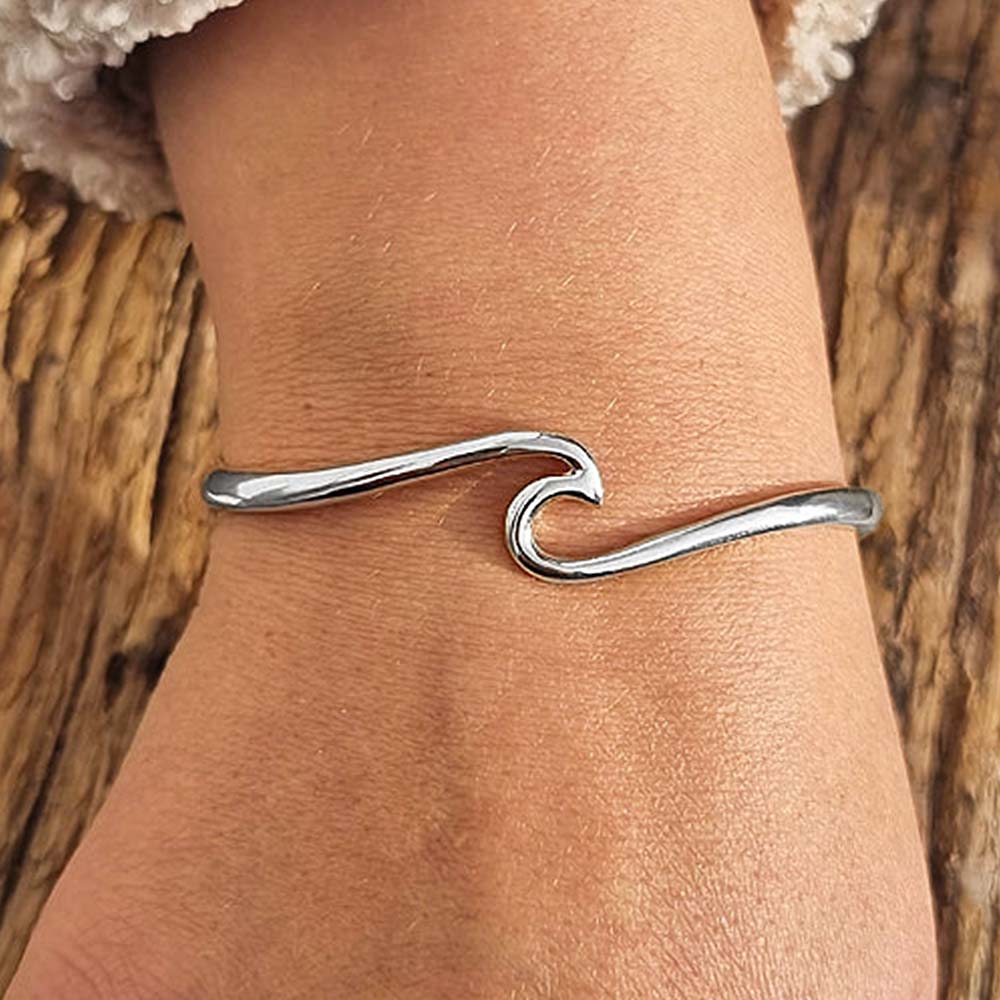
Crafted from pure silver and copper, sterling silver jewelry boasts exceptional resistance to rust, even in water exposure. Its reflective quality ensures lasting attractiveness, even in saltwater settings.
While not as costly as platinum , sterling silver offers durability and affordability, allowing for easy replacement if tarnishing occurs. Despite its resilience, proper care is essential due to its softer nature compared to platinum and gold.
Compared to silver-plated jewelry, which consists of a thin layer of silver applied over a base metal, sterling silver is much more resistant to tarnishing and wear.
Platinum Jewelry
Platinum jewelry stands out as the premier choice among various jewelry types, renowned for its unparalleled strength and durability. Though its price may be higher, the allure of platinum lies in its exquisite appearance, sophisticated aesthetic, and remarkable resistance to scratches.
Despite its initial investment, the enduring qualities of platinum, including its resistance to tarnishing and oxidation, justify its value over time, ensuring lasting beauty and worth.
Gold and silver plated jewelry
Gold and silver-plated jewelry, owing to their thin coating over a base metal, are susceptible to tarnishing and corrosion when subjected to water or moisture for extended periods. Moisture can expedite the tarnishing process, leading to darkening and loss of shine. Hence, it's generally not recommended to expose gold or silver-plated jewelry to water or moisture for prolonged durations if you aim to preserve their appearance.
Brass jewelry
Brass jewelry, valued for its affordability and durability, is prone to tarnishing when exposed to water, resulting in a loss of shine over time. Regular polishing can help maintain its luster and appearance. Despite its susceptibility to water, brass remains a popular choice for jewelry due to its affordability and versatility.
Pearl Jewelry
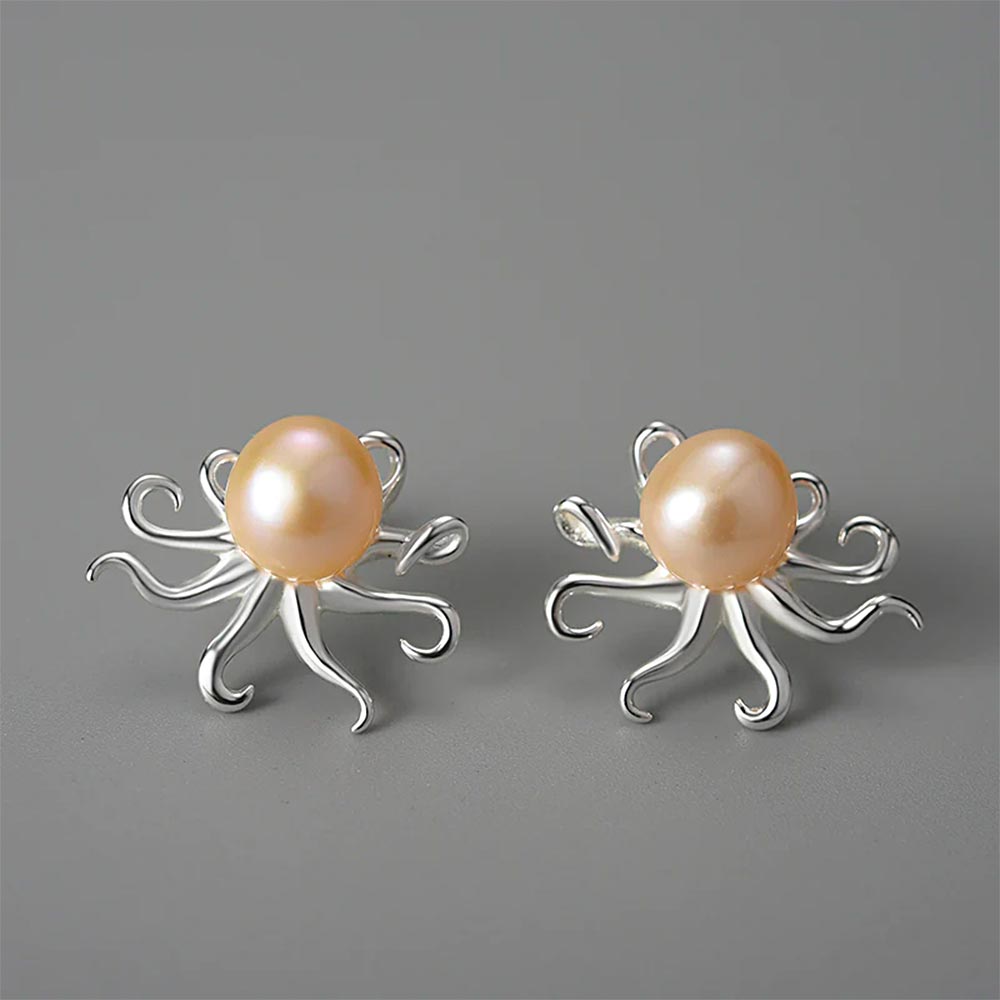
Pearls, renowned for their elegance, are notably sensitive to water exposure. Contact with water can dull their surface and compromise their luster. Due to their inherent brittleness, proper care is essential. After wearing pearl jewelry, gently wipe them with a soft cloth and store them away from dust and soaps.
Pearls are a classic choice for beach wear, adding an elegant touch to your seaside ensemble. When selecting pearls for ocean outings, opt for high-quality saltwater pearls, as they are more resilient to the effects of seawater compared to freshwater pearls, which are more delicate.
To maintain their luster, rinse pearls with fresh water after each ocean adventure.
Enamel jewelry
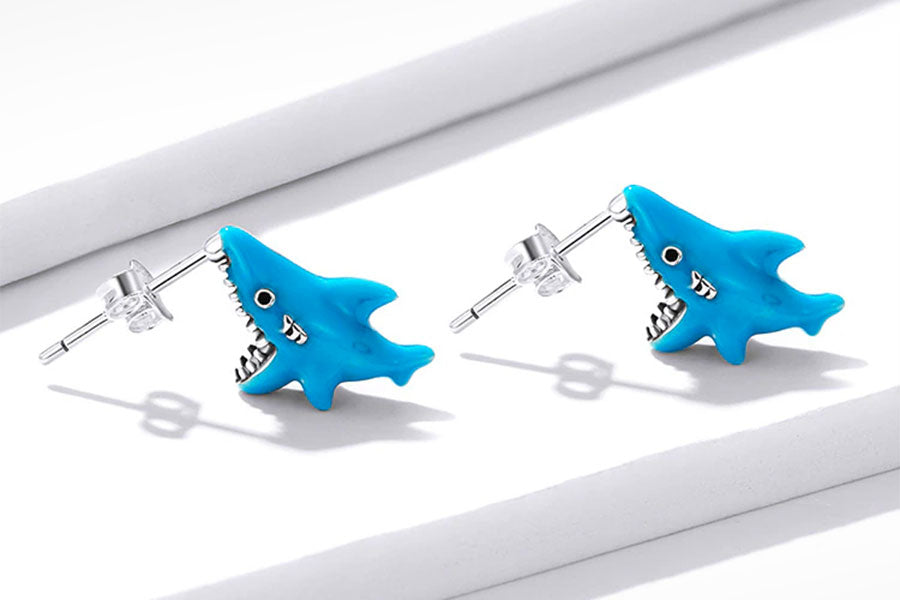
Enamel jewelry boasts durability and longevity, thanks to its protective coating shielding the metal from scratches and tarnishing.
Enamel jewelry boasts durability and longevity, thanks to its protective coating shielding the metal from scratches and tarnishing. While generally water-resistant, enamel isn't fully waterproof due to its glassy nature. Prolonged water exposure may degrade the enamel over time, potentially causing discoloration or chipping.
After being exposed to saltwater, delicately clean the enamel using lukewarm water, a soft cloth, and mild hand soap to maintain its integrity and keep it in pristine condition.
Gemstone Jewelry
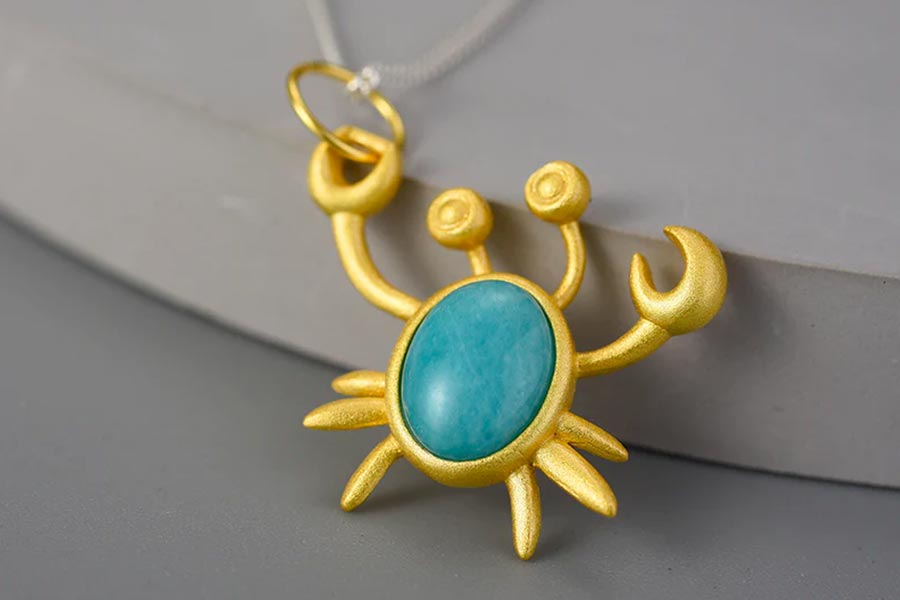
Some gemstones are more durable and can better withstand exposure to water and other harsh conditions. Diamonds, sapphires, rubies, aquamarines, topazes, moissanites, and amazonites are known for their durability and resilience, making them suitable choices for jewelry that may be worn during activities like swimming.
Not all gemstones are suitable for exposure to water. Some crystals have properties that make them prone to dissolution or rusting when in contact with water. Therefore, it's crucial to research and verify whether a specific gemstones can safely be immersed in water before exposing it to any moisture.
Seashell jewelry
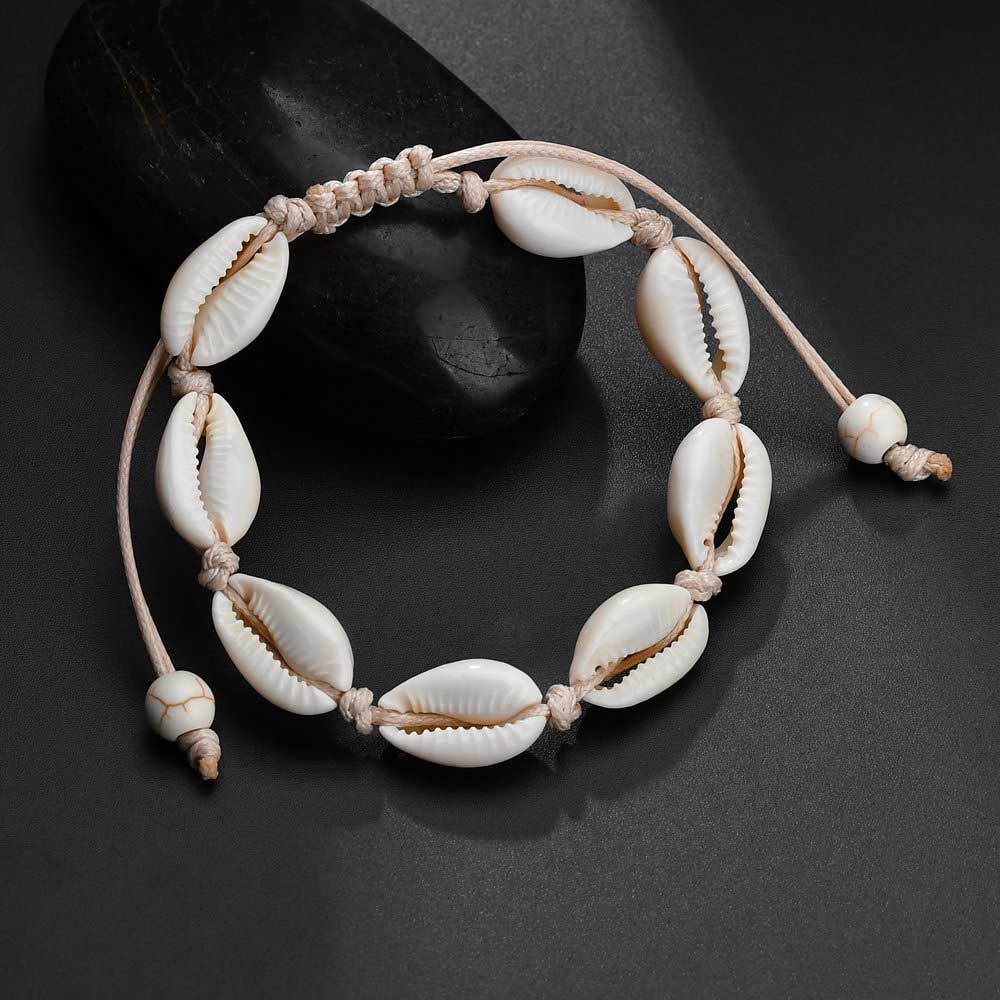
Seashell jewelry is a fantastic choice for ocean wear, they also add a natural, beachy vibe to your look while celebrating the beauty of the ocean's treasures.
Seashells can add a beautiful and natural touch to jewelry, but not all types of shells are suitable for waterproof jewelry.
Certain seashells exhibit greater durability and resilience against water exposure compared to others. Examples include Mother-of-Pearl, Puka Shells, Cowrie Shells, Conch Shells, and Murex Shells.
What About Waterproof Coatings (PVD)
Waterproof coatings, such as those applied through Physical Vapour Deposition (PVD), offer some enhanced durability to jewelry pieces.
PVD involves depositing thin films of molecules onto a metal substrate, reinforcing the surface of the jewelry. While these coatings provide a stronger alternative to traditional plating, they are still an additional layer and may wear off over time.
Despite their durability, vapor deposition coatings can still scratch off, particularly in cheaper costume jewelry applications. Therefore, it's important to handle coated jewelry with care to maintain its appearance and integrity.
Wearing jewelry in the ocean
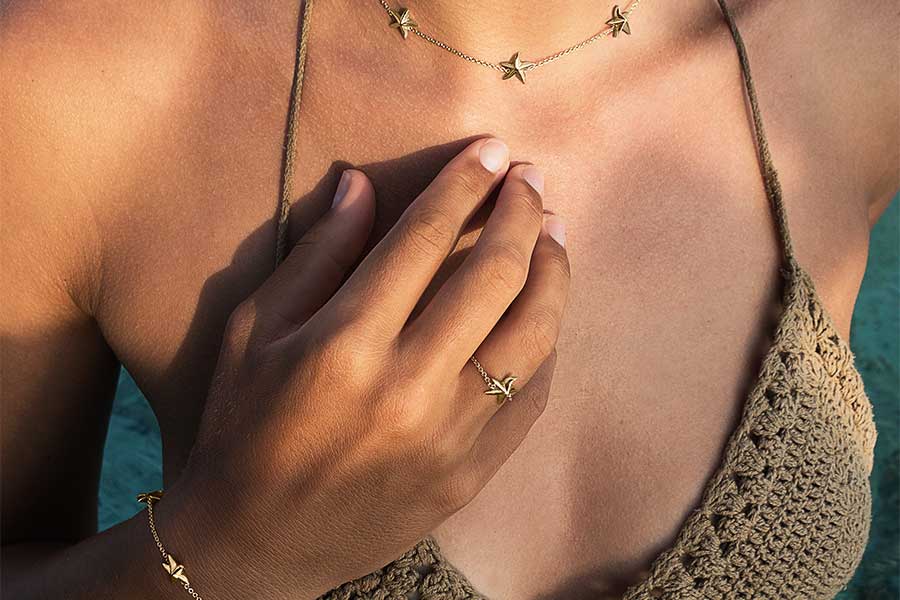
Choose Resilient Materials
Opt for jewelry made from durable materials like stainless steel, titanium, or solid gold, which can withstand exposure to saltwater and chlorine better than others.
Inspect Gemstones
If your jewelry includes gemstones, it's crucial to inspect their settings and security. The ocean's waves and currents can strain these settings, possibly loosening the gemstones or causing them to dislodge. Routinely examine your jewelry for any indications of loose stones or weakened prongs. If you detect any problems, it's wise to have them expertly repaired before wearing the jewelry in the ocean.
Apply Sunscreen Carefully
Conventional sunscreens often contain ingredients like oxybenzone and octinoxate, which have been shown to harm marine life and coral reefs. These same chemicals can also react negatively with certain metals in jewelry, causing discoloration or damage over time. Reef-safe sunscreen is better for jewelry because it typically contains fewer harsh chemicals and additives that can potentially tarnish or corrode metals.
After-Ocean Care
After ocean activities, it's crucial to care for your jewelry properly. Thoroughly rinse it with fresh water to remove salt, sand, and sunscreen residues. Salt can be corrosive, and sand abrasive, so a gentle rinse is essential. Removing all saltwater residues is crucial to prevent corrosion over time. After rinsing, delicately pat your jewelry dry with a soft, clean cloth. For extended longevity, we recommend using a homemade jewelry cleaner to care for your cherished pieces.
Ocean safe jewelry

Whether you're diving into the ocean, lounging by the pool, or simply braving the elements on a rainy day, our waterproof jewelry collection empowers you to embrace every moment with confidence. Say goodbye to the fear of water damage or tarnishing. Our meticulously crafted pieces are engineered to withstand water exposure, ensuring that your style remains impeccable, no matter the environment.
Shop Waterproof Jewelry




